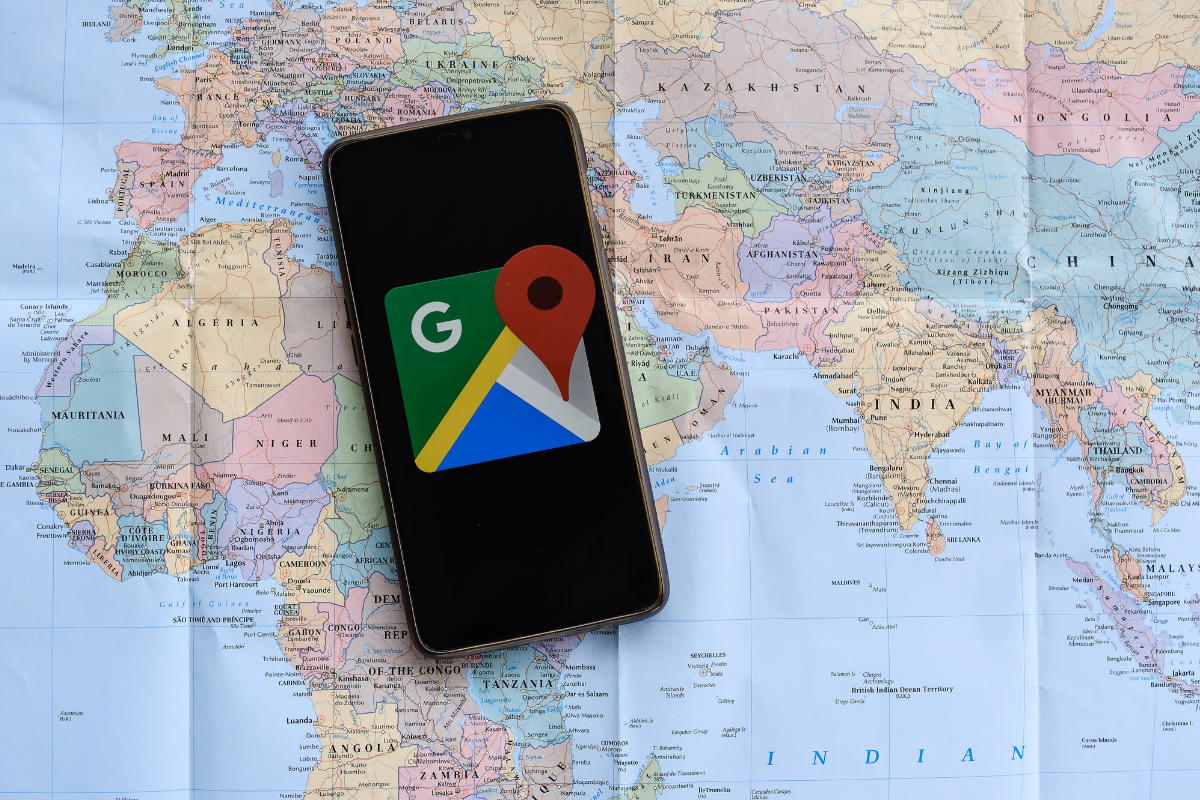By Pamela Bell
•
June 12, 2025
Your website isn’t just a digital accessory; it’s a frontline tool in patient acquisition and retention. For family medical clinics, where competition is growing and patients are increasingly making healthcare decisions online, your website plays a critical role in whether someone chooses your clinic or passes you by. And yet, many clinics operate with websites that are quietly undermining their success. The Truth About Patient Behavior Before a patient ever calls your clinic, they’ve likely searched online, compared options, read reviews, and landed on your website. This is their first impression, and it happens in seconds. If your website is slow, unclear, outdated, or hard to navigate, you’ve already lost them. The harsh truth? A website that doesn’t convert is worse than having no website at all. It gives the illusion of presence without the performance. It makes your clinic appear unprofessional, even if your in-person care is exceptional. Let’s break down the key signs your website may be hurting more than helping, and how to fix it. 1. Slow Load Time: The Silent Patient Killer If your website takes more than three seconds to load, patients are leaving. Google’s own data shows that bounce rates increase by over 30% with every additional second of load time. That means potential patients are exiting before they even read a word. The fix: Optimize images, compress files, eliminate unnecessary plugins, and host your site on reliable, high-speed servers. Fast-loading websites are not only better for user experience, they’re also rewarded in search rankings. 2. Poor Mobile Experience: Where Most Patients Are Over 70% of healthcare searches happen on mobile devices. If your site isn’t mobile-optimized, with responsive design and fast mobile load times, you’re losing more than half your traffic. Tiny fonts, unclickable buttons, and horizontal scrolling are dealbreakers. The fix: Invest in a responsive mobile-first design. Ensure that all key actions, like booking an appointment or calling your clinic, are effortless from a smartphone. 3. Confusing Navigation: Lost Before They Convert Patients visit your site to answer one question: “Can you help me?” If your services are buried in dropdowns, if your address or phone number isn’t immediately visible, or if your appointment form is hard to find, users will click away before you can convert them. The fix: Simplify navigation. Your main menu should include: Services, Providers, Insurance, Contact, and Book Now. Place your clinic’s phone number and location at the top of every page. Use a sticky call-to-action (CTA) that follows users as they scroll. 4. Weak Content: Generic Doesn’t Build Trust Stock photos, vague copy, and jargon-heavy pages won’t build confidence. Patients want to know who you are, what you offer, and why they should trust you with their care. If your site looks like everyone else’s, it won’t stand out, and it won’t convert. The fix: Use real photos of your team, your clinic, and your community. Write in plain language, not medical speak. Include bios of your providers with credentials and a human touch. Add testimonials and FAQs. Content should educate and reassure, not confuse. 5. No Clear Action Path: Traffic Without Conversions Maybe your site gets visitors, but few book appointments. That’s a sign your site lacks strong CTAs. If there’s no clear next step or too many distractions, patients won’t take action. The fix: Place “Book Now” buttons prominently on every page. Use clear, benefit-driven language like “See a Doctor Today” or “Schedule Your Annual Exam in Minutes.” Integrate real-time online booking that confirms immediately, no callbacks, no waiting. 6. Lack of SEO Optimization: Invisible to Google, Invisible to Patients Your website could be beautifully designed, but if it isn’t optimized for search engines, no one will see it. Most patients won’t go past the first page of Google results. If you aren’t there, you don’t exist in their decision process. The fix: Use local keywords like “family doctor in [your city]” throughout your site. Optimize title tags, meta descriptions, image alt text, and internal linking. Claim and maintain your Google Business Profile with accurate info, photos, and reviews. 7. Outdated Design: Perception Becomes Reality Web design trends change quickly. A site that looks five years old gives the impression that your care might be, too. Patients associate digital professionalism with clinical competence, fair or not. The fix: Refresh your design every 2–3 years. Keep the layout clean, modern, and uncluttered. Use updated branding and visuals. Make the site feel current, trustworthy, and user-friendly. Your Website Is a Growth Engine, If You Let It Be Your website shouldn’t just exist. It should perform. It should attract, inform, and convert new patients consistently. If it isn’t doing that, it’s not just failing, it’s costing you revenue every single day. A well-optimized clinic website does three things: Makes it easy for patients to find you online. Builds trust with visitors through strong content and design. Converts interest into action through seamless booking and clear calls to action. If yours isn’t doing all three, it’s time for an overhaul. Because in the world of modern healthcare, your website isn’t a brochure, it’s your clinic’s most valuable marketing asset. Need help evaluating or upgrading your clinic’s website? Let’s talk. We specialize in building high-converting, SEO-optimized websites tailored to family medical practices.









